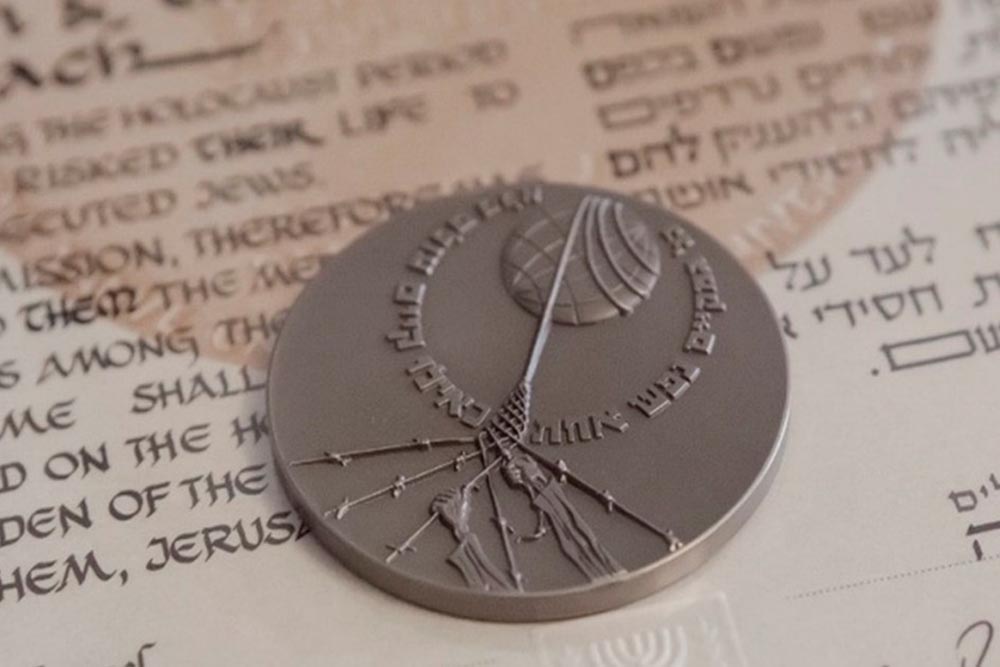Bank of Portraits / Kozak (Zalvovska) Mariia

Kozak (Zalvovska) Mariia
During the German-Soviet war, Mariia Kozak lived with her daughter, son-in-law and granddaughter in the town of Zbarazh, Ternopil region.
For the Jewish population, the German occupation authorities organized a ghetto in the town on the territory of the old market, where livestock used to be traded. About 2 thousand people were isolated there – both local residents and people from the neighboring town of Pidvolochysk. They were used in forced labor, in particular on road or logging. The territory of the ghetto was open, but the perimeter was guarded. On April 7, 1943, another shooting campaign was carried out, during which the Nazis killed about 1 thousand Jews near the railway station. The ghetto was finally liquidated in June 1943. Some of its inhabitants were lucky enough to escape and hide in the surrounding forests. Among them were 11-year-old Liudmyla Zonnenshain, her 10-year-old sister Rozaliia and 13-year-old brother Shmuel, who was later killed during raids in the forest.
Mariia Zalvovska, whom the Zonnenshtain sisters turned to in search of food, saved them. The woman went almost every day to the field where the girls were hiding and brought them food. When the harvest began and it became dangerous to stay in the wheat field, Mariia, despite fear for her own family, took the sisters inti the house and sheltered them until the arrival of the Red Army in March 1944. After the war, Liudmyla and Rozaliia ended up in an orphanage, and as adults, they emigrated to the USA. In 1947, the Zalvovska family was resettled in Poland.
In 1997, Yad Vashem recognized Mariia Kozak (Zalvovska) as Righteous Among the Nations.
Svitlana Demchenko
Kyiv
National museum of the History of Ukraine in the Second World War
-
fingerprintArtefacts
-
theatersVideo
-
subjectLibrary

